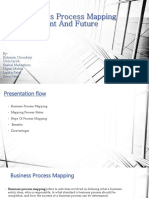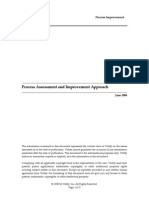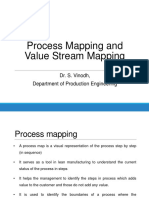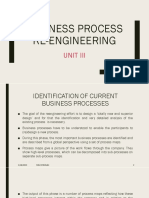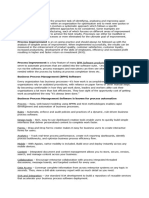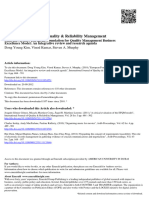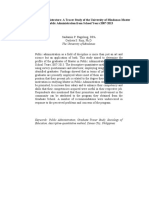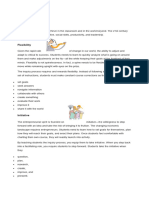0% found this document useful (0 votes)
10 views10 pagesStudy Notes Batch Three
The document outlines the creation of a Process Mapping Roadmap, which is essential for documenting, analyzing, and improving business processes. It emphasizes the importance of stakeholder involvement, effective communication, and the use of various tools and techniques for accurate process mapping. Additionally, it discusses the significance of fostering a culture of continuous improvement and service orientation within organizations to enhance efficiency and customer satisfaction.
Uploaded by
santaCopyright
© © All Rights Reserved
We take content rights seriously. If you suspect this is your content, claim it here.
Available Formats
Download as DOCX, PDF, TXT or read online on Scribd
0% found this document useful (0 votes)
10 views10 pagesStudy Notes Batch Three
The document outlines the creation of a Process Mapping Roadmap, which is essential for documenting, analyzing, and improving business processes. It emphasizes the importance of stakeholder involvement, effective communication, and the use of various tools and techniques for accurate process mapping. Additionally, it discusses the significance of fostering a culture of continuous improvement and service orientation within organizations to enhance efficiency and customer satisfaction.
Uploaded by
santaCopyright
© © All Rights Reserved
We take content rights seriously. If you suspect this is your content, claim it here.
Available Formats
Download as DOCX, PDF, TXT or read online on Scribd
/ 10


















